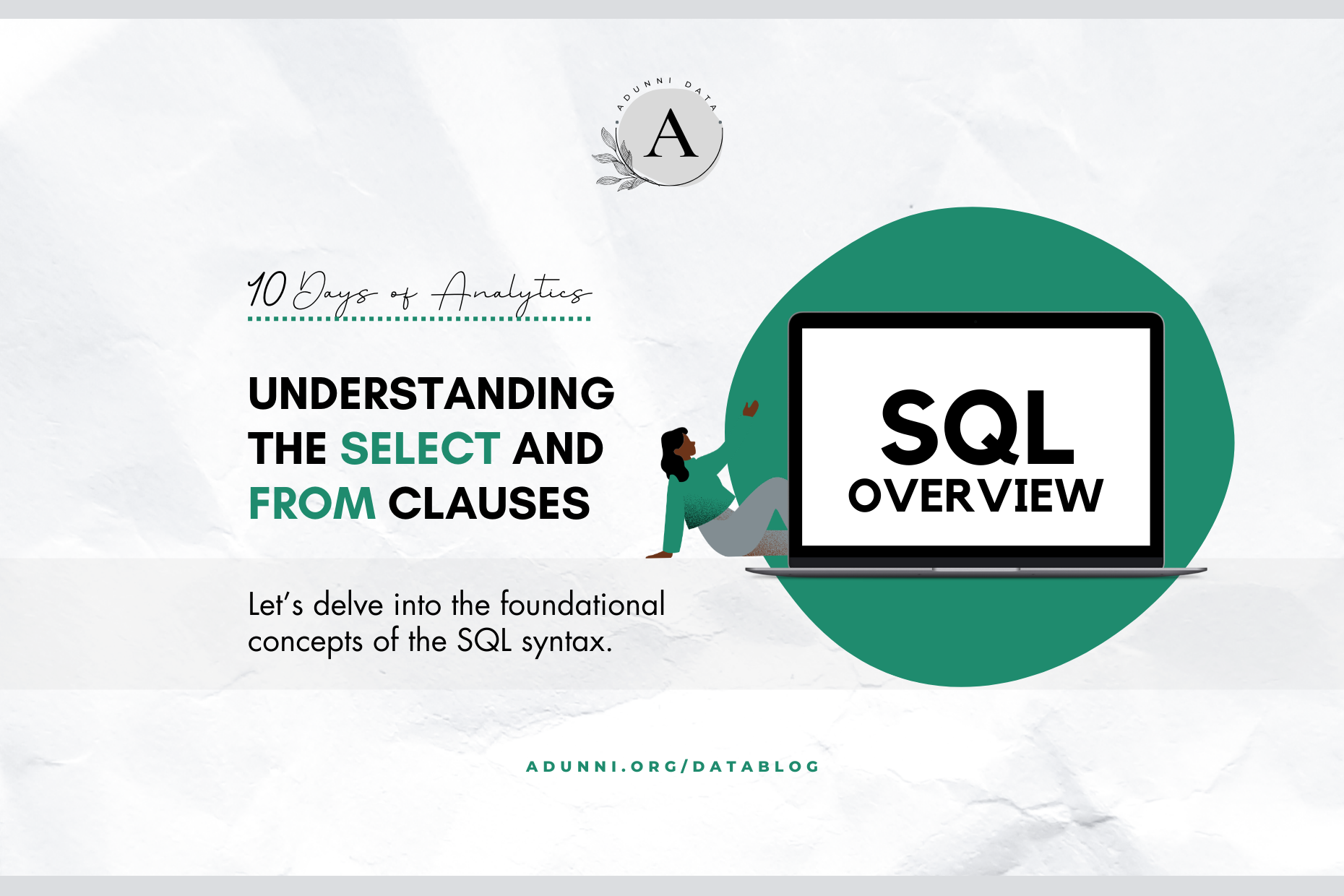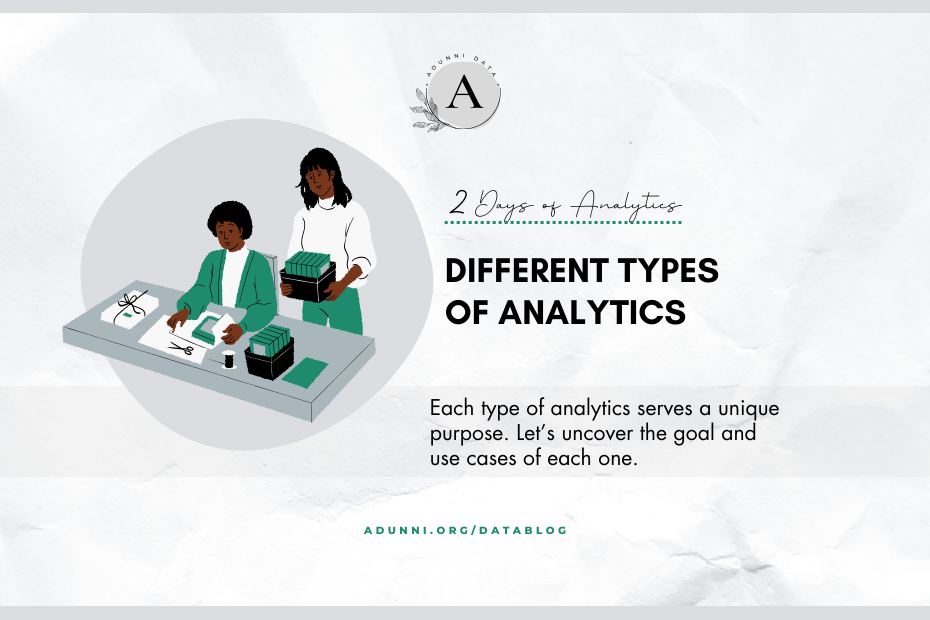Greetings, data enthusiasts and aspiring analysts! If you’re reading this, chances are you’re intrigued by the world of data analysis. In today’s data-driven landscape, the role of a data analyst has become as crucial as ever. But what does it take to be an exceptional data analyst? Join us on this enlightening journey as we delve into the key qualities and responsibilities that make a data analyst truly magical!
Responsibilities of a Data Analyst
1. Data Collection and Cleaning
This is where the magic begins! Data analysts gather, clean, and organize data from various sources. This involves removing duplicates, handling missing values, and ensuring that the data is accurate and reliable.
2. Exploratory Data Analysis (EDA)
EDA involves sifting through data to discover patterns, relationships, and anomalies. It’s like being a detective, uncovering hidden treasures within the data.
3. Model Building and Testing
For predictive analysis, data analysts create models using techniques like regression, classification, or clustering. These models are then rigorously tested to ensure their accuracy and reliability.
4. Reporting and Visualization
This is the part where your artistry comes into play. You’ll create reports and visualizations that present the insights you’ve discovered in a clear and compelling manner.
5. Collaboration and Consultation
Data analysts don’t work in silos. They collaborate with teams across the organization, from marketing to finance, providing valuable insights that drive informed decision-making.
6. Continuous Learning
The data landscape is ever-evolving, with new tools and techniques emerging regularly. A data analyst must stay updated with the latest trends and technologies to remain effective in their role.
Qualities of a Data Analyst
1. Analytical Mindset
At the heart of being a data analyst lies the ability to think critically and analytically. This means having a keen eye for detail, a penchant for problem-solving, and an insatiable curiosity to unearth insights from complex datasets.
2. Statistical Savvy
Statistics is the backbone of data analysis. A proficient data analyst is well-versed in statistical methods, from basic descriptive statistics to advanced techniques like regression analysis and hypothesis testing.
3. Technical Proficiency
Embracing a variety of tools and programming languages is a cornerstone of the trade. Proficiency in languages like Python, R, SQL, and tools like Excel, Tableau, or Power BI is a must. Don’t worry, though; with practice and dedication, you’ll soon be wielding these like a pro!
4. Data Visualization Artistry
Being able to translate raw data into visually appealing and understandable graphics is an art form. A data analyst should possess the skill to create compelling charts, graphs, and dashboards that tell a story.
5. Effective Communication Skills
Being a data whisperer means nothing if you can’t convey your findings. A good data analyst can explain complex concepts in simple terms, making them accessible to stakeholders at all levels.
6. Domain Knowledge
Understanding the industry you’re working in is vital. It allows you to contextualize your analyses and make recommendations that align with the specific needs and goals of the business.
In Summary
In conclusion, being a data analyst is a thrilling journey filled with opportunities to unravel mysteries hidden within data. With the right mix of qualities and a strong sense of responsibility, you can wield data like a wizard, creating magic that transforms businesses.
So, are you ready to embark on this enchanting adventure? Don your analytical hat, sharpen your statistical wand, and let’s dive into the world of data analysis! 🚀✨
Did you learn anything new? Share your new insights with us on Facebook, LinkedIn or Instagram and don’t forget to tag us!



